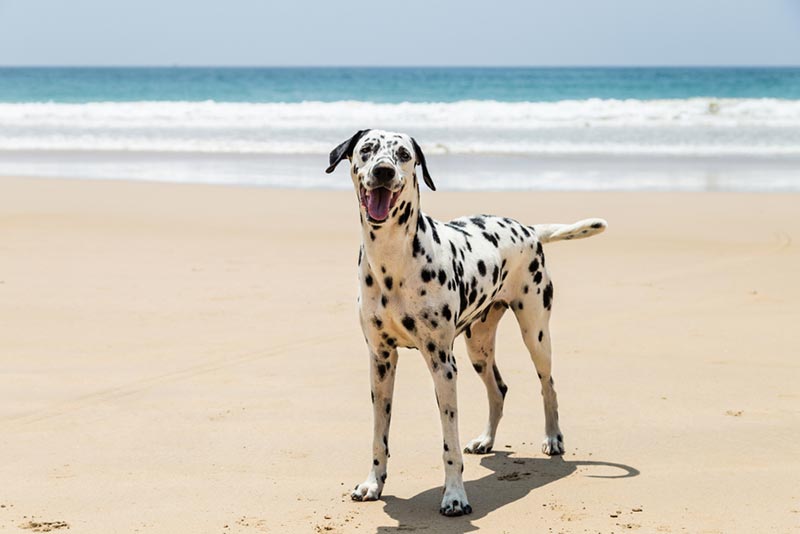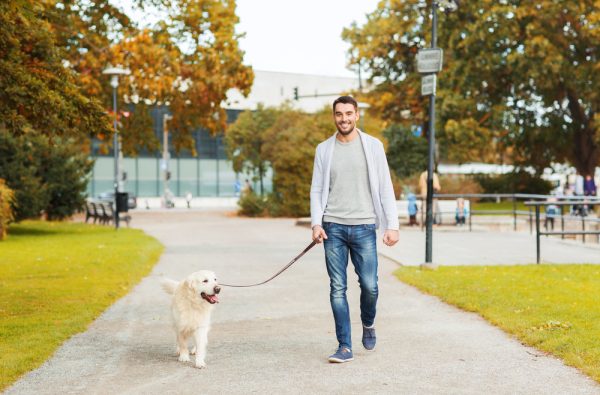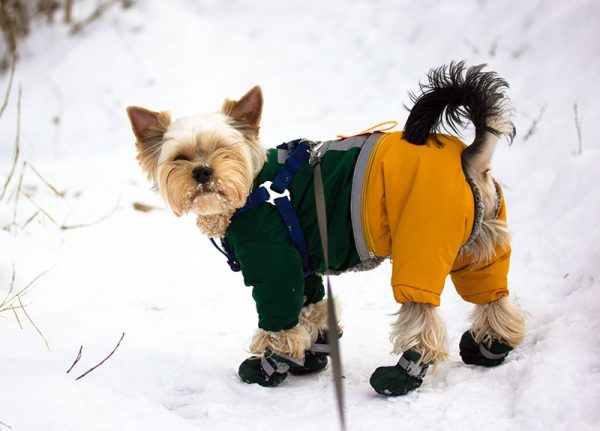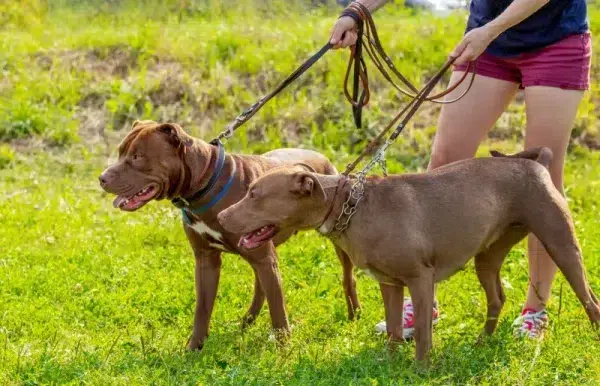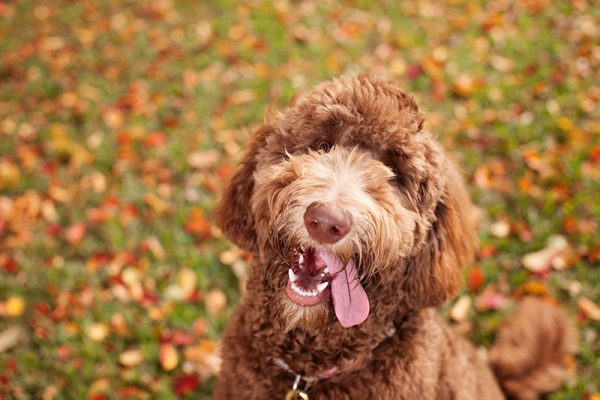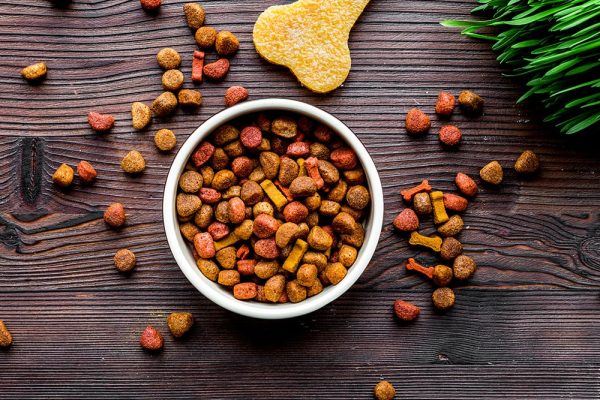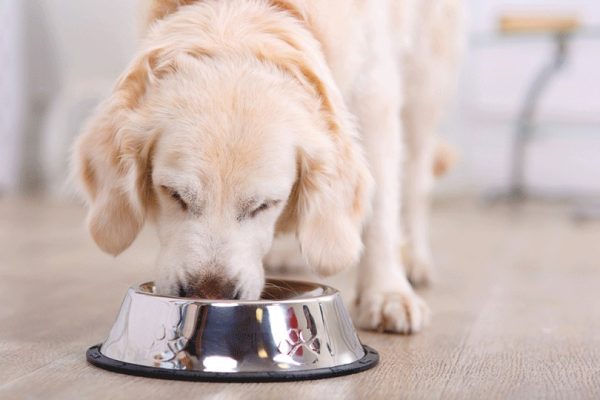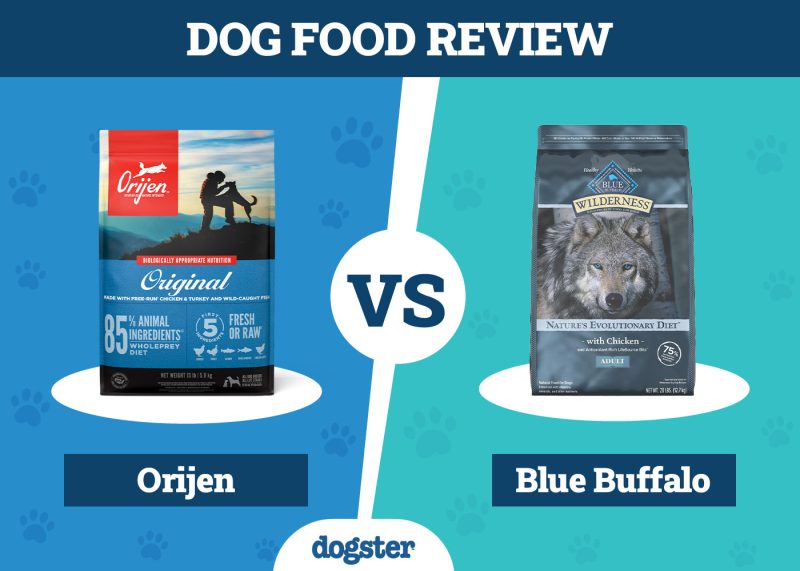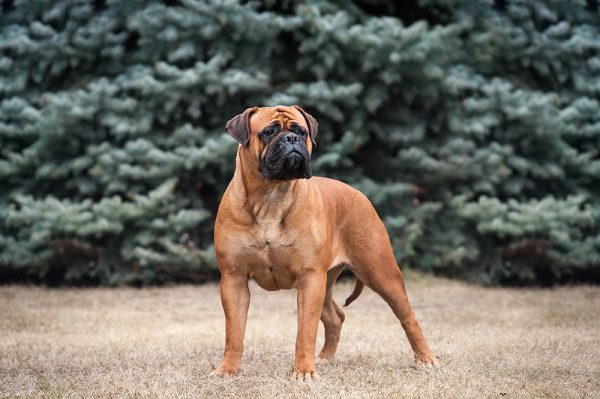In this article
Dalmatians are popular dogs that rank in the top 50 breeds in the United States, according to the American Kennel Club. But how big do Dalmatians get? Dalmatians are considered medium-sized dogs, and the largest Dalmatians can be pretty stout.
Here is everything you need to know about a Dalmatian’s size and growth, including a growth chart, some FAQs, and how to measure your Dalmatian accurately for the best results.

Dalmatian Overview
The Dalmatian is a dog with murky origins. They emerged onto the pages of history a few hundred years ago in the Dalmatia region (modern-day Croatia). From humble beginnings, the Dalmatian has grown to become one of the most recognizable mascot dogs in the modern world.
From the local fire station to Disney’s 101 Dalmatians, these dogs have become iconic. They are best known for their classic shape and striking spots.
Adult Dalmatians will range anywhere from 45 pounds to 70 pounds in weight and stand between 19 and 24 inches tall. Dalmatians are expected to live for around 12 years. Females are typically smaller than males.
Dalmatians grow like most dogs, rapidly at first and then slowly as they mature, and reach maturity between 12 and 18 months of age.

Dalmatian Size and Growth Chart
This chart covers a Dalmatian’s growth from 3 to 14 months when they should be roughly fully grown. Most people will not bring puppies home before 2–3 months, and this chart is not meant for dog breeders and does not account for the sex and health of your pup. Remember that some dogs will fall outside the expected weights due to biological variation.
This chart will help give you an idea of what size your Dalmatian should be as they age and grow. For the best results, chart your measurements on an empty growth chart and compare them with a standard Dalmatian growth chart.
| Age | Weight Range |
| 3 Months | 11–18 pounds |
| 4 Months | 15–29 pounds |
| 5 Months | 24–38 pounds |
| 6 Months | 28–47 pounds |
| 9 Months | 37–62 pounds |
| 12 Months | 41–69 pounds |
| 14 months | 45–70 pounds |
When Does a Dalmatian Stop Growing?
Dalmatians typically stop growing around 18 months of age. They attain their full adult height and length around 12 months before putting on some extra weight in muscle up to around 18 months. Most Dalmatians will be considered fully grown at the 18-month mark.
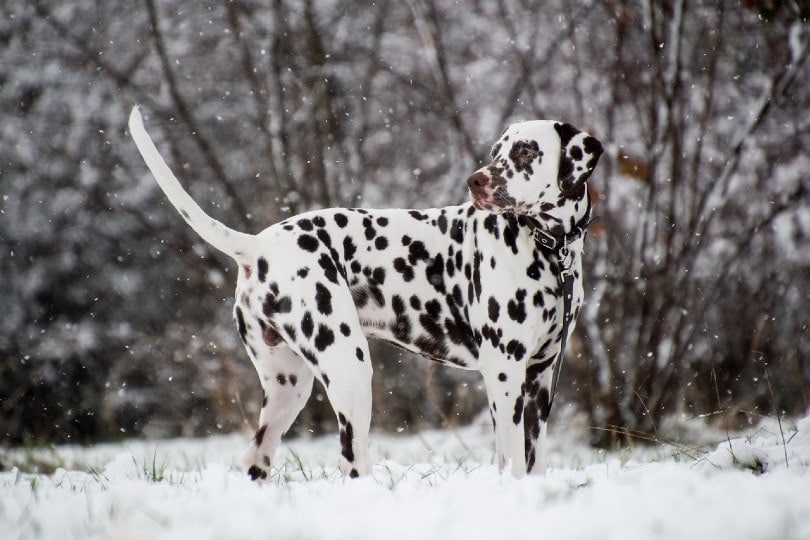
Factors Affecting the Size of Dalmatians
There are three main factors that will determine a Dalmatian’s final size. These factors are sex, genetics, and diet. There is a small size discrepancy between Dalmatians depending on their sex. Females are slightly shorter and can be lighter.
Genetics also plays a big role. If a dog has short parents, they will be more likely to be smaller themselves than dogs with large and robust parents, but it also depends on which genes they inherit. People know the value of genetics when breeding dogs because dogs are often selectively chosen for specific breeding pairings to create large dogs or specific breeds, colors, and so on.
Lastly, your dog’s diet can play a role. It is very important that your puppy gets enough nutrients during their formative months to fuel future growth. A puppy that does not get enough calories or nutrients is at risk of growing more slowly and reaching lower thresholds than dogs that get enough nutrients and calories. You can consult the feeding guide of your dog food and a veterinarian to gauge how much food to give. As they get older, you will need to monitor their body condition score; overfeeding will make your dog heavier, which can be detrimental to their health.
If you need to speak with a vet but can't get to one, head over to PangoVet. It's our online service where you can talk to a vet online and get the personalized advice you need for your pet — all at an affordable price!

Ideal Diet for Dalmatians
You should start feeding your puppy a specific puppy food that meets AAFCO requirements; this will have all the nutrients your puppy needs to grow and thrive. If your budget allows it, a more premium puppy food can provide better ingredients and health benefits for your pup.
When they reach about 12 months you can transition your Dalmatian to an adult food. You shouldn’t change their food all at once, but over about a week to allow their digestive system to acclimate to the new food. For the first few days offer 25% of the new food and 75% of the old food, then 50/50 for a few days, and finally 75% of the new food and 25% of the old before changing over completely.
Some Dalmatians have a genetic predisposition to urinary issues and bladder stones. Your breeder may have tested your dog’s parents for the trait, or you can get your dog tested. If they have two copies of the disease gene, you should feed your Dalmatian a low-purine, high-moisture diet to prevent bladder stones.

How to Measure Your Dalmatian
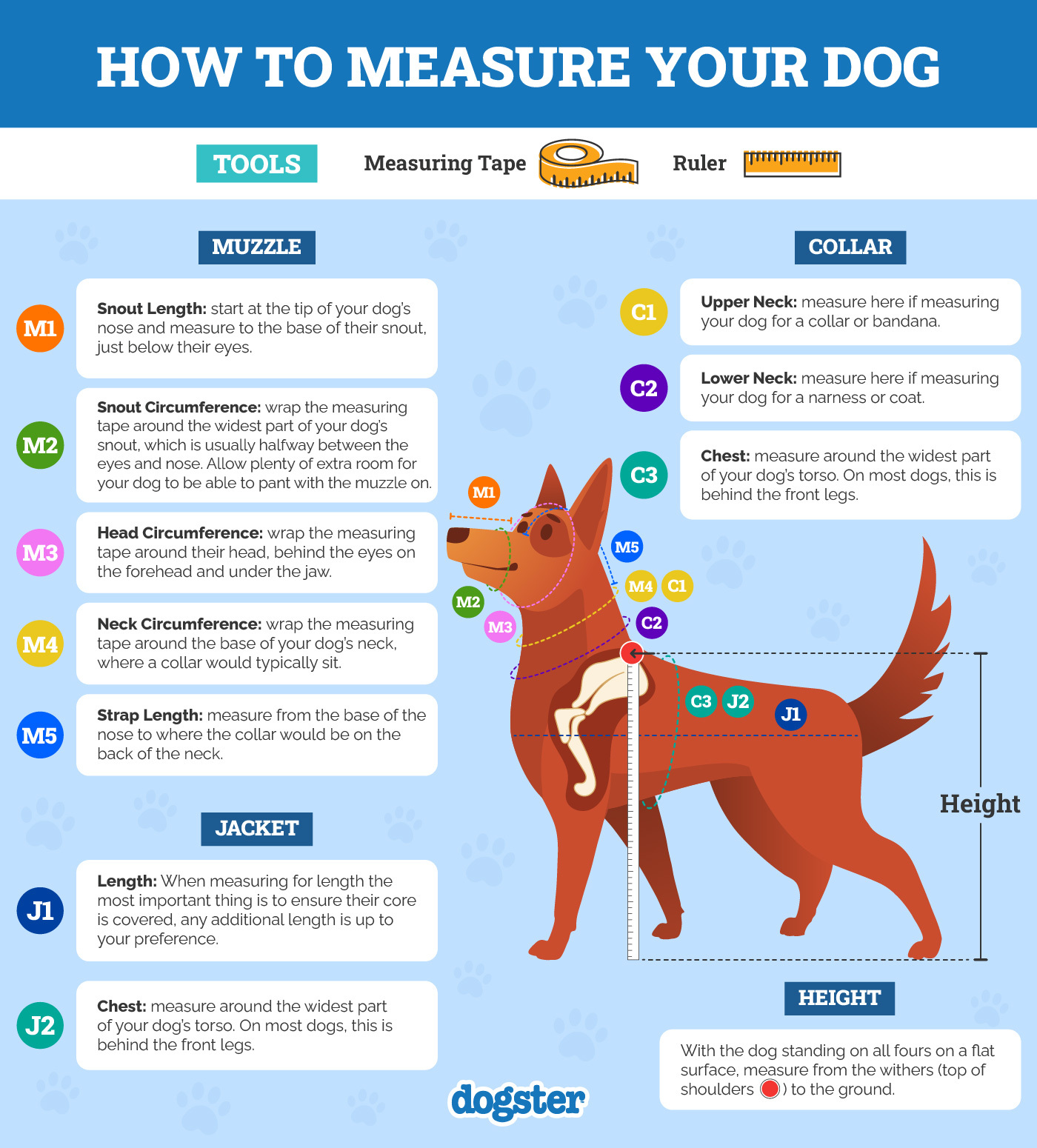
Weight
There are two ways to measure your Dalmatian’s weight. First, you can put them on a scale. An at-home scale can work, but the scale at the veterinarian’s office will be more accurate. Getting a Dalmatian, especially a young one, to stand still on a scale long enough to get a measurement can be a challenge.
The other way to measure your Dalmatian’s weight is to weigh yourself while holding the dog. Weigh yourself alone first and note the weight. Then pick up your Dalmatian and weigh yourself again. Take the new weight and subtract the old weight from it to get your Dalmatian’s approximate weight. This method will not be as accurate as putting your Dalmatian on the scale, but it will give you a good approximation.
Height
When measuring a dog’s height, you measure to their withers. The withers are the raised area near your dog’s shoulders just below the neck. Take a measuring tape and measure from the floor up to the withers. The withers should be the tallest part of your dog that is not a part of the head and neck area.
Length
There are multiple ways to measure the length of your Dalmatian. You have the simple length, which is the length of the back. You have the simple length plus the length to the tip of the nose. Then you have the total length, which is the tip of the nose to the tip of the tail.
For simple length, you measure from the withers to the rump or the area just before the tail starts. For nose length, you measure from the tip of the dog’s nose to the rump. For total length, you measure from the tip of the dog’s nose to the tip of the dog’s tail. It is easiest to use a flexible measuring tape while taking these measurements.

Conclusion
Dalmatians are medium-sized dogs with an average growth curve. They gain most of their size between 3 months and 9 months of age. Most Dalmatians are fully grown by 14 months, with 18 months being the latest that they will continue to grow.
Keeping your Dalmatian on a balanced and well-proportioned diet is key to maintaining a healthy weight and growth rate.
See also:
- Dalmatian Schnauzer Mix: Care, Pictures, Info, & Traits
- Doberman Dalmatian Mix: Pictures, Temperament & Traits
Featured Image Credit: Iren Key, Shutterstock
